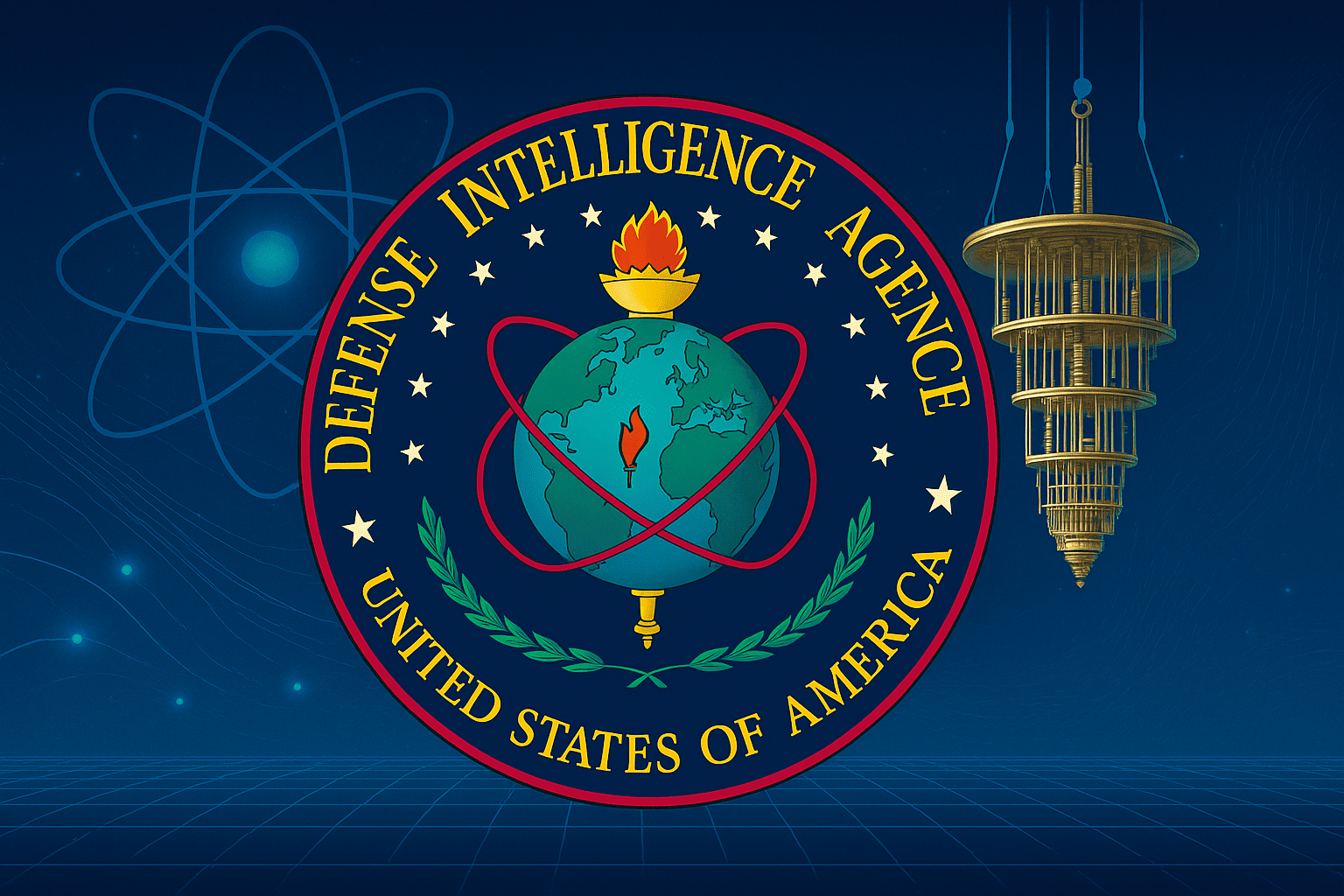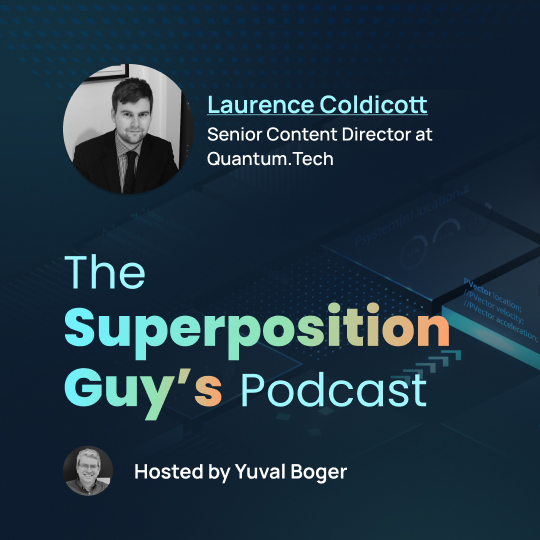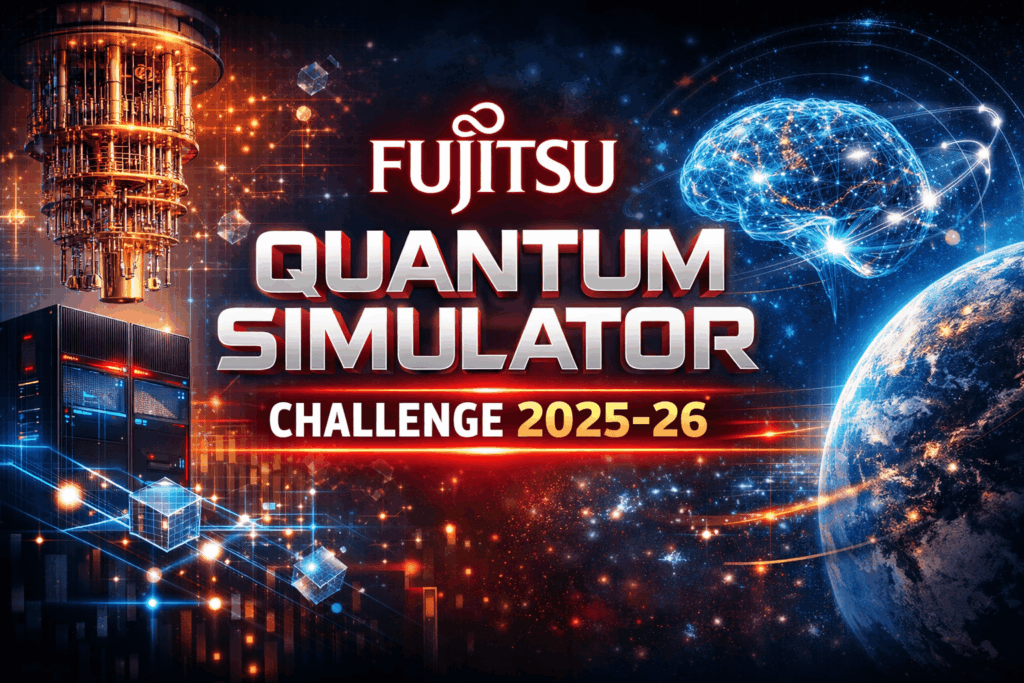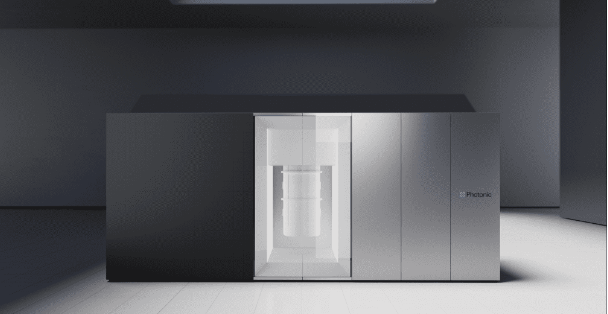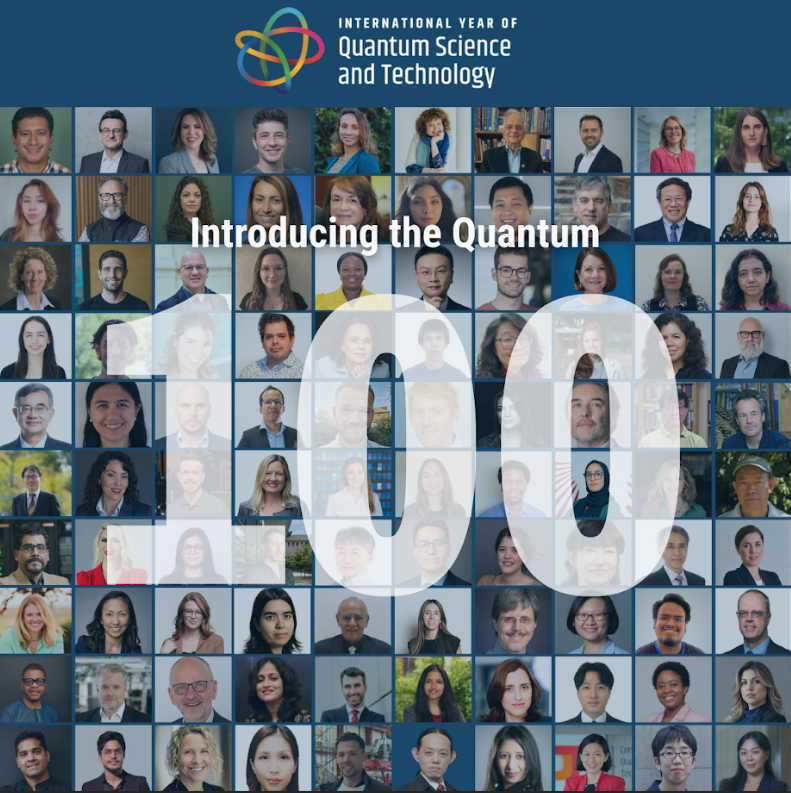Insider Brief
- The 2025 DIA threat assessment warns that quantum technologies are nearing operational military use, with rival nations investing in sensing, secure communications, and computing to challenge U.S. strategic advantages.
- Quantum sensors and communications are progressing faster than computing, with China and Russia expanding city-scale quantum networks and developing detection tools that could bypass traditional stealth and GPS systems.
- These advances are part of a broader convergence with AI, electronic warfare, and microelectronics, raising the risk of technological surprise and prompting the DIA to recommend integrating quantum readiness into U.S. defense planning.
The U.S. Defense Intelligence Agency has warned that quantum technologies are nearing battlefield relevance, as rival nations invest in quantum sensors, communications and computing in ways that could erode American strategic advantages.
The findings are part of the DIA’s 2025 Worldwide Threat Assessment, which outlines how fast-moving developments in quantum science, artificial intelligence, microelectronics and cyber capabilities are changing the shape of modern warfare. The report frames quantum as more than a future risk. It is now part of active defense planning by China and Russia, with practical deployments in sight — particularly in sensing and secure communications.
The analysts write: “This year, more than in years past, the threat landscape is changing rapidly and we are using this Statement for the Record to convey not only what we see as the current threats, but also to illuminate the trends and threats we see going forward that we must address. While additional details are available at higher classifications, we believe that providing this opening statement is a critical service for the Congress and the American public.”

Quantum Sensing Advances
While much of the public focus on quantum computing centers around encryption-breaking machines, the DIA suggests that sensors are closer to real-world impact.
“Although select research areas, such as sensing, are advancing more rapidly, non-governmental experts indicate that development of a quantum computer capable of decryption is unlikely in this decade,” the analysts state. “Since last year, China and Russia both unveiled new higher performance quantum computers and continued expanding their quantum communications networks.”
These devices, which detect changes in magnetic or gravitational fields, are becoming sensitive enough to locate submarines or underground structures without satellite assistance. Such capabilities could give militaries more situational awareness in environments where GPS signals are weak or blocked.
The report also flags progress in quantum-secure communications. China’s national quantum network continues to expand, now including multiple city-spanning links that transmit data via quantum key distribution, a method believed to be immune to current eavesdropping techniques. Russia is also mentioned as investing in secure quantum links, likely with support from domestic defense firms and research institutions.
In computing, the threat remains longer-term but not abstract. DIA analysts acknowledge that today’s quantum computers are noisy and limited in size, but note that algorithmic advances and system engineering are reducing the resources needed to compromise sensitive data. Recent developments suggest that the number of quantum bits — or qubits — needed to break RSA encryption may be an order of magnitude lower than previously thought, though the reliability and physical feasibility of such attacks remain unproven.
Quantum Is Just One Tech Threat
The report suggests that what gives these trends added weight is the broader context: quantum technologies are not advancing in isolation. According to the report, their convergence with AI, electronic warfare and advanced manufacturing is accelerating integration into military systems. These combinations allow nations to explore uses for quantum processors in signal analysis, logistics and multi-domain simulations. They also enhance the effectiveness of sensors and secure communications by tying them to AI-driven decision frameworks.
The report places these developments within a larger geopolitical pattern. It documents growing military and technical cooperation between China and Russia, as well as engagements with North Korea and Iran. China is said to be cautious about direct military aid but actively participates in joint training and technical exchanges, including in space and electronic warfare. Russia, in turn, is reportedly offering space and nuclear technologies to its partners, some of which have dual-use applications that could advance quantum sensing or navigation efforts.
Advanced microelectronics play a key role in this network. The DIA highlights that chips and fabrication capacity underpin the entire defense tech race, including quantum systems.
“Microelectronics remain the linchpin of technology competition and represent a critical chokepoint in technology development and acquisition efforts,” the analysts write. “Access to high-end microelectronics underpins a state’s ability to develop computing-intensive advanced technologies, such as AI and quantum. Although the United States and its allies maintain a technological advantage in manufacturing and design processes, our competitors are working diligently to reduce their foreign dependencies related to these critical technologies.”
Export controls on semiconductors have slowed some aspects of China’s progress, but the report states that domestic investments and global workarounds are keeping quantum-related research on track. Russia, meanwhile, is facing supply shortages and cost pressures due to sanctions, but continues to prioritize electronics for missiles and secure communications.
Strategic Implications
The report lists several wide-ranging implications for U.S. defense strategy. Broadly, the report affirms that quantum readiness is now a part of defense planning — not just cybersecurity roadmaps. Agencies are being urged to assess not only how quantum computers could break current encryption but also how quantum sensors and clocks could challenge long-standing assumptions about stealth, navigation, and detection. This marks a shift from previous assessments that treated quantum science largely as a long-term research field.
The DIA also identifies a growing risk of surprise. Quantum technologies are difficult to detect and verify until deployment, especially in the case of sensors or communications systems. This makes intelligence-gathering more difficult and reduces the warning time available to respond to technological leaps by adversaries. The report implies that without clearer benchmarking and surveillance of rival quantum capabilities, the U.S. may be operating under outdated assumptions.
Finally, the report emphasizes that commercial and academic collaborations in quantum science are global—and not all aligned with U.S. interests. China’s government-backed companies are investing in partnerships abroad, which can serve both civilian and military goals. The DIA notes that research institutes may be unaware of how their findings are repurposed, underscoring the importance of export controls, disclosure requirements, and secure research environments.
Limitations Still Exist
Despite the advances, the report concedes that scalable quantum computers capable of breaking public-key encryption are not yet operational, and that progress is uneven. Photonic systems, superconducting circuits, and trapped-ion machines all face major hurdles in stability, error correction, and manufacturing. Quantum sensing devices, while further along, are still bulky and power-intensive for most military field applications.
The DIA’s assessment suggests, however, that while quantum technologies will not redefine warfare overnight, they are steadily working their way into critical systems. The edge they provide — more precise navigation, unbreakable communications, faster target recognition — aligns well with the demands of modern, networked combat environments.

